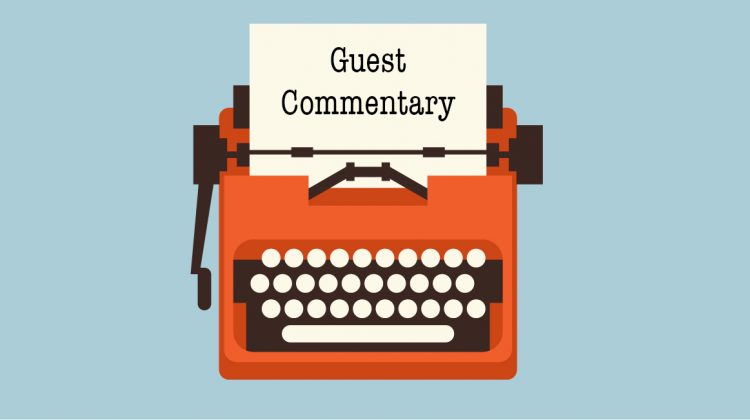Federal Reserve Chairman Jerome Powell famously described the high inflation that had just started dragging down U.S. consumers in July 2021 as “transitory.” His word choice suggested that elevated inflation, like stormy weather, would soon pass.
But not only have high prices persisted, inflation rates have remained elevated since the spring of 2021.
Indeed, for almost a century, economy-wide price levels have only gone in one direction: up. The best consumers can hope for is that for a couple of years prices might remain flat. Even if inflation—the growth rate of prices—had fallen to zero after the early Biden years, the “transitory” price increases would have left an indelible mark.
The roughly 3% annual inflation the economy is experiencing today is dramatically better than the 9% peak inflation of mid-2022, but it’s still fair for Americans to question whether the days of low inflation are behind us.
In the 25-year period from January 1996 to January 2021, inflation averaged 2.1%, roughly in line with the Fed’s target. Since then, consumer prices have increased at an average rate of more than 4.6%.
The root cause of what the media is now referring to as an “affordability crisis” is a federal government that spends and borrows too much, a problem that was magnified by the government’s overactive response during and in the aftermath of the COVID-19 pandemic.
The triplicate problems of overspending, mounting debt and inflation are poised to get worse over the coming decades and could spiral out of control, unless lawmakers (and the voters who elect them!) get serious about the nation’s fiscal dysfunction.
The federal government spent $7 trillion in fiscal year 2025, while taking in about $5.2 trillion.
When the government spends more than the revenues it brings in, there are only two ways it can deal with its cash shortage: It can create more money, or it can borrow more money.
When the government creates more money, commentators colloquially refer to it as “printing” more money. This conveys the idea of inflation well as each additional dollar printed dilutes the value of all the other dollars in circulation, even if the reference to paper money is an oversimplification of the mechanism (borrowing from itself) that the government used to expand the money supply by more than 40% between February 2020 and February 2022.
The other option for dealing with deficits is for the government to issue additional debt to the public.
This option also impacts affordability, because the more the government borrows, the more it crowds out private borrowing by homebuyers, small businesses and others who are forced to pay higher interest rates. Higher interest rates don’t show in the consumer price index—the government’s most used measure of economy-wide prices—but they absolutely show up in the cost of a mortgage or a car loan.
The $1.78 trillion of new government borrowing in fiscal 2025 is down ever so slightly compared to last year when the deficit stood at $1.82 trillion, as Congress and the Trump administration have taken some modest steps to rein in spending.
But the long-term fiscal picture is bleak. And it won’t be fixed without major spending reforms.
The national debt recently surpassed $38 trillion—double what it was a decade ago and 65% higher than in 2020.
Annual interest payments on the mounting national debt have doubled in the past three years and exceeded $1 trillion in 2025 (accounting for more than half of the deficit).
That’s the equivalent of nearly $8,000 per U.S. household per year going just to service the national debt. It’s a massive budget item, but one that leaves today’s taxpayers with nothing to show for it.
At the root of the “affordability crisis” is the fact that Americans are absorbing the burden of decades of runaway federal spending and deficits.
Lawmakers who offer price caps, food or energy subsidies, or minimum wage hikes as feel-good solutions to Americans’ affordability concerns are missing the point.
The cost of living isn’t high because the government is doing too little, it’s high because the government has done—and continues to do—too much.
Preston Brashers is a Research Fellow for tax policy in The Heritage Foundation’s
Grover M. Hermann Center for the Federal Budget.




